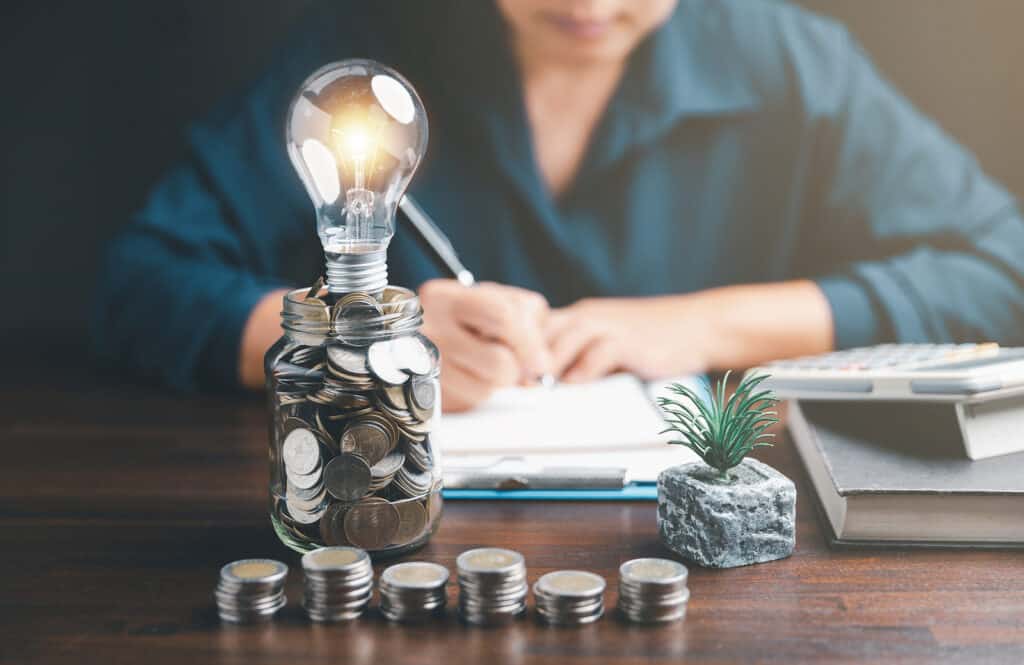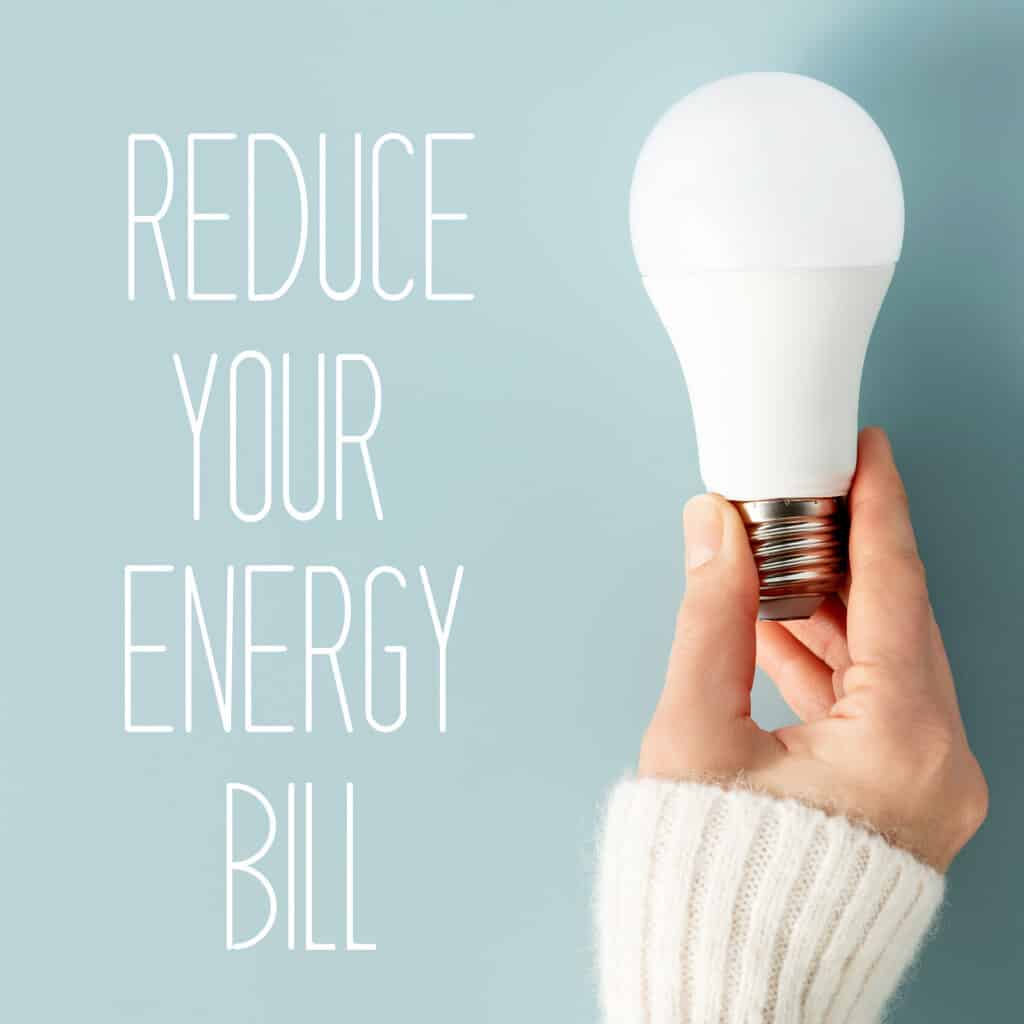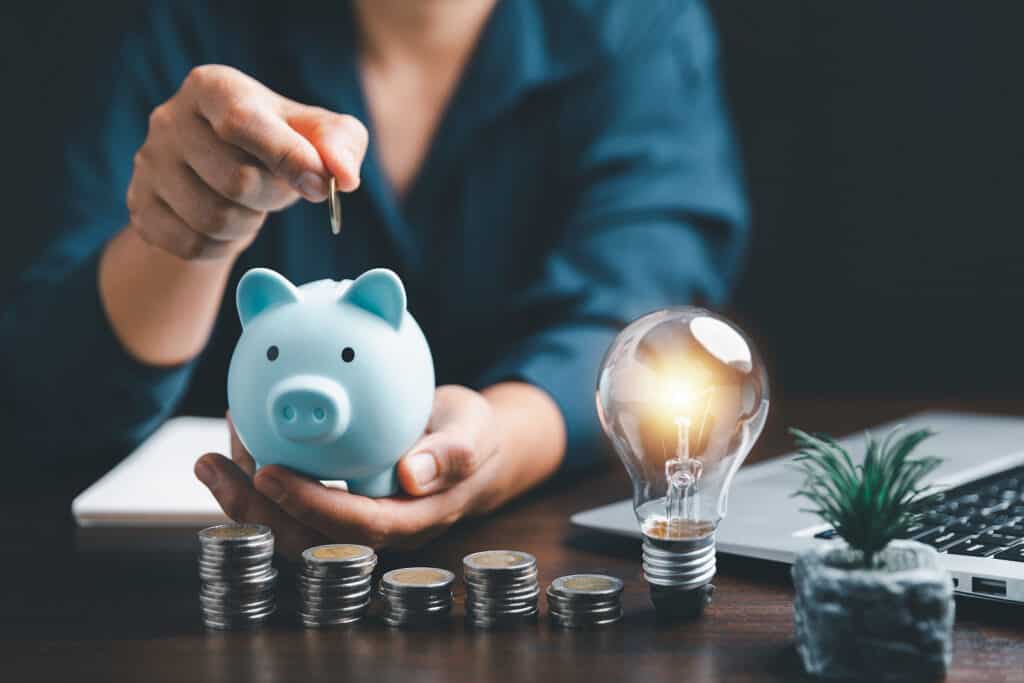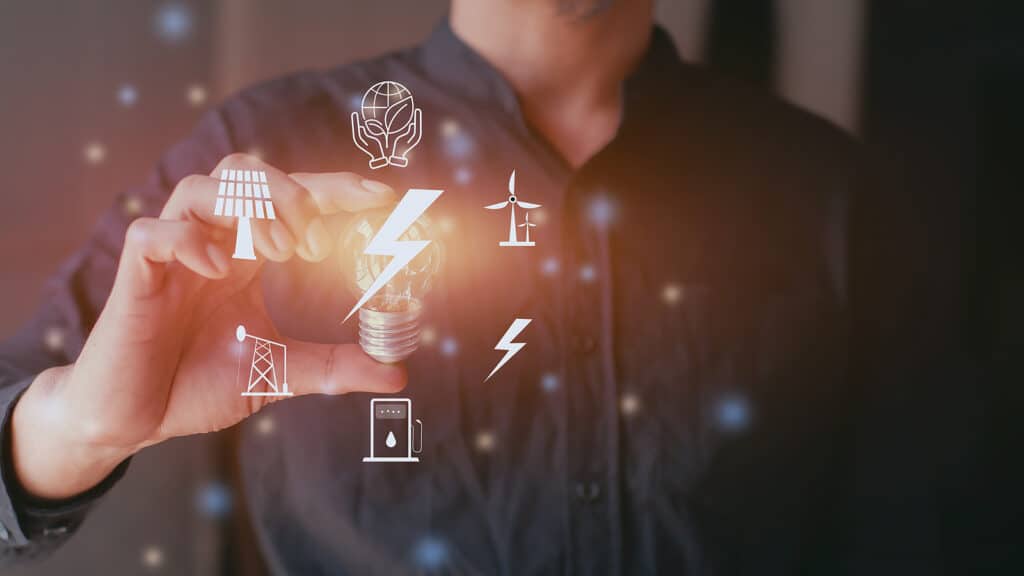Maximizing Your Energy Savings: The Advantages of 15kw Battery Storage and GSL Energy Powerwall
In our quest to promote renewable energy, battery storage systems have become pivotal. Among these, the 15kW battery storage system and GSL Energy Powerwall stand out, promising significant energy savings. This article delves into the advantages of these two energy solutions, exploring how they work and how they can revolutionize your energy consumption patterns.
Understanding Battery Storage Systems
Battery storage systems are cutting-edge technologies designed to store electrical energy for future use, offering a range of benefits and applications. These systems operate by charging up with electricity from the grid or renewable sources, such as solar panels or wind turbines. When energy demand is low or renewable sources are generating surplus power, the excess electricity is stored in the batteries.
This stored energy can then be utilized during times of high demand, power outages, or when renewable energy sources are unable to generate electricity, such as at night when solar panels are not actively producing power. Battery storage systems not only enhance grid reliability and resilience but also enable greater integration of renewable energy sources into the power supply mix. They play a pivotal role in balancing the fluctuating nature of renewable energy generation, ensuring a steady and reliable electricity supply.
Furthermore, these systems can also help reduce peak demand on the grid, alleviate stress during periods of high electricity usage, and provide backup power in critical situations. With advancements in battery technology and decreasing costs, battery storage systems are becoming increasingly accessible and widely deployed, contributing to the transition towards a more sustainable and decentralized energy future.

The Value of a 15kW Battery Storage System
A 15kW battery storage system offers homeowners a compelling combination of capacity and cost-effectiveness, making it an attractive option for various applications. Let's delve into the advantages of this system:
Ample Storage Capacity
Equipped with a 15kW battery, homeowners can rely on a substantial energy reserve to meet their needs. This capacity allows for powering essential operations in the home for approximately a day, making it an ideal solution during power outages, peak-time energy management, or as a complement to a home solar panel system.
Optimizing Solar Energy Utilization
For households with solar power installations, a 15kW battery storage system ensures that no renewable energy goes to waste. Excess solar energy generated during the day can be intelligently stored in the battery for later use during the night or cloudy days when solar production may be limited. This maximizes the utilization of solar power, enabling homeowners to reduce their reliance on the grid and further lower their carbon footprint.
Significant Energy Cost Savings
By incorporating a 15kW battery storage system, homeowners can unlock significant savings on their energy costs. The system allows for storing electricity during periods when energy rates are low, such as overnight, and utilizing the stored energy during peak-rate periods. This strategic approach helps homeowners avoid peak-demand charges, reduce overall energy consumption from the grid, and ultimately lower their utility bills. The potential cost savings can be substantial, providing homeowners with a tangible return on investment over time.
Flexible Energy Management
A 15kW battery storage system offers homeowners greater flexibility and control over their energy usage. It enables them to shift their electricity consumption to off-peak hours when rates are lower, reducing their reliance on grid power during expensive peak hours. This not only saves money but also contributes to load balancing on the grid, supporting grid stability and reducing strain during times of high demand.
Environmental Benefits
Implementing a 15kW battery storage system not only brings financial advantages but also aligns with sustainable energy goals. By optimizing the utilization of renewable energy sources and reducing reliance on fossil fuel-based power, homeowners can significantly decrease their carbon emissions. This promotes a cleaner and greener energy ecosystem, contributing to the fight against climate change and fostering a more sustainable future.
The GSL Energy Powerwall: A Game-Changer
The GSL Energy Powerwall has emerged as a sought-after choice among energy-conscious homeowners, providing a range of unique benefits that set it apart from the competition. Let's explore the remarkable advantages of this innovative home battery system:
Unmatched Versatility
The GSL Energy Powerwall is engineered to seamlessly integrate with solar energy systems, making it an ideal companion for homeowners seeking to maximize their renewable energy utilization. However, its versatility extends beyond solar. This remarkable system can also be effectively paired with other renewable energy sources, such as wind turbines, or integrated into existing electrical grid setups. This adaptability ensures that you have a reliable power supply regardless of the energy source, empowering you with greater energy independence and control.
Intelligent Energy Management
At the core of the GSL Energy Powerwall lies advanced intelligent software that revolutionizes energy management. The system is designed to learn and adapt to your household's energy consumption patterns over time. By analyzing your energy usage, it optimizes when to store excess energy generated by your renewable sources and when to discharge stored energy to meet your needs. This intelligent energy management feature not only ensures the efficient use of available power but also helps you maximize your energy savings. The GSL Energy Powerwall intelligently balances energy production, consumption, and storage, all while prioritizing your specific energy needs.
Seamless Integration and User-Friendly Installation
The GSL Energy Powerwall is engineered with ease of integration and installation in mind. Its compact and sleek design allows for flexible placement options, whether wall-mounted or floor-standing. The system is designed for hassle-free installation, making the process convenient and straightforward. Additionally, the GSL Energy Powerwall can be seamlessly integrated with multiple units, creating a scalable and expandable energy storage solution tailored to your specific requirements. This flexibility allows you to increase your storage capacity as needed, ensuring that your energy demands are consistently met.
Reliable and High-Performance
The GSL Energy Powerwall is built with robust components and cutting-edge technology, ensuring exceptional reliability and performance. It is engineered to deliver a consistent and uninterrupted power supply, providing you with peace of mind even during grid outages or periods of fluctuating energy availability. With its durable construction and advanced battery management system, the GSL Energy Powerwall is designed to withstand the test of time and deliver long-term value.
Energy Independence and Environmental Sustainability
By harnessing the power of the GSL Energy Powerwall, homeowners can achieve a higher level of energy independence. The system empowers you to generate, store, and utilize your renewable energy efficiently, reducing reliance on the electrical grid and minimizing your carbon footprint. By maximizing self-consumption of clean energy, you contribute to a greener and more sustainable future, while potentially reducing your dependence on fossil fuels and mitigating the environmental impact of traditional energy sources.

Achieving Maximum Energy Savings
By combining a 15kW battery storage system with the powerful GSL Energy Powerwall, homeowners can unlock substantial energy savings while enhancing their overall energy management. Here's a closer look at how this dynamic duo can revolutionize your energy consumption:
Leveraging Off-Peak Energy Consumption
With a 15kW battery storage system and the GSL Energy Powerwall, you have the advantage of utilizing off-peak energy periods. During times when energy prices are lower, typically during nighttime or off-peak hours, your system can intelligently charge and store electricity from the grid or your renewable energy sources. Then, during peak times when energy prices are higher, you can tap into your stored energy, reducing your reliance on the grid and effectively cutting down your electricity costs. This strategic approach to energy consumption ensures that you take full advantage of cost differentials and maximize your energy savings.
Optimizing Solar Power Utilization
For homeowners with solar power installations, the 15kW battery storage system and GSL Energy Powerwall are a game-changer. Excess solar energy generated during the day can be intelligently captured and stored in the battery system, ensuring that none of your valuable solar power goes to waste. Instead of relying solely on solar energy during daylight hours, you can tap into your stored energy reserves during the night or on cloudy days when solar production may be limited. This seamless integration of solar power with battery storage guarantees a continuous and reliable power supply, maximizing your self-consumption of clean and sustainable energy.
Providing Reliable Back-Up Power
The combination of a 15kW battery storage system and the GSL Energy Powerwall offers an invaluable backup power solution. In the event of a power outage, whether due to severe weather or grid failures, your battery storage system seamlessly takes over, ensuring that your essential appliances and critical systems keep running. This reliable and uninterrupted power supply offers peace of mind and safeguards against disruptions during emergencies or unforeseen circumstances.
Together, the 15kW battery storage system and GSL Energy Powerwall offer homeowners an unmatched opportunity to achieve maximum energy saving projects and take control of their energy consumption. By strategically utilizing off-peak energy, maximizing the utilization of solar power, and providing reliable backup power, this dynamic combination empowers homeowners to optimize their energy usage, reduce their reliance on the grid, and significantly lower their electricity costs. With this powerful duo, you can enjoy enhanced energy management, increased energy efficiency, and a greener, more sustainable lifestyle
20 ways to make your home more energy-efficient
Here are some of the most ways to how to improve energy efficiency in home:
Upgrade to LED Lighting
Make the switch from traditional incandescent bulbs to energy-efficient LED lights. LED lights not only consume less energy but also have a longer lifespan, resulting in reduced energy consumption and lower maintenance costs.
Install Programmable Thermostats
Take control of your heating and cooling systems by installing programmable thermostats. These devices allow you to schedule temperature adjustments based on your daily routine, ensuring that energy is not wasted when you're away from home or asleep.
Seal Air Leaks
Conduct a thorough inspection of your windows, doors, and other openings for any air leaks. Seal these gaps using weatherstripping or caulking to prevent drafts and enhance insulation. By sealing air leaks, you can improve energy efficiency and create a more comfortable indoor environment.
Enhance Insulation
Boost your home's insulation by adding insulation to walls, attics, and basements. Proper insulation helps regulate indoor temperatures, reducing heat loss during the winter and heat gain during the summer. This translates to lower energy usage and improved comfort throughout the year.
Upgrade to Energy-Efficient Appliances
Replace outdated appliances with Energy Star-rated models. Energy-efficient refrigerators, dishwashers, washing machines, and other appliances consume less energy while delivering excellent performance. Look for the Energy Star label when shopping for new appliances to ensure optimal energy efficiency.
Use Energy-Efficient Windows
Consider upgrading to energy-efficient windows that feature double or triple-pane glass with low-emissivity (low-E) coatings. These windows enhance insulation, reduce heat transfer, and minimize the entry of harmful ultraviolet (UV) rays. By installing energy-efficient windows, you can improve comfort and reduce energy consumption related to heating and cooling.
Optimize Heating and Cooling Systems
Regularly maintain and clean your heating, ventilation, and air conditioning (HVAC) systems. Replace air filters as recommended to ensure efficient airflow. If your HVAC system is outdated, consider upgrading to a high-efficiency model. Efficient HVAC systems consume less energy while providing the same level of comfort.
Install Solar Panels
Harness the power of the sun by installing solar panels on your roof. Solar energy is a clean and renewable source of electricity that can significantly reduce your reliance on grid power. By generating your own renewable energy, you can lower your carbon footprint and enjoy potential long-term cost savings on utility bills.
Use Natural Lighting
Take advantage of natural daylight by strategically opening curtains or blinds during the day. This reduces the need for artificial lighting, saving energy and creating a pleasant and well-lit indoor environment. Consider arranging furniture and using light-colored surfaces to maximize the distribution of natural light.
Unplug Electronics and Appliances
When electronic devices and appliances are not in use, unplug them or use smart power strips. Many devices consume standby power, also known as vampire power, even when turned off. By unplugging or using smart power strips that cut off power to idle devices, you can eliminate this unnecessary energy usage and reduce your electricity bill.

FAQs About Maximizing Your Energy Savings
Latest Electricity Plans: Stay up to date with the latest electricity plans offered by utility providers. These plans often come with innovative features and pricing structures designed to promote energy efficiency and savings. By researching and choosing the right electricity plan for your needs, you can take advantage of competitive rates, renewable energy options, and incentives that encourage energy conservation.
Replace Your Light Bulbs?
One of the easiest and most effective ways to save energy is by replacing traditional incandescent light bulbs with energy-efficient alternatives such as LED or CFL bulbs. These bulbs consume significantly less energy, last longer, and provide the same level of brightness. By making this simple switch, you can reduce your energy consumption and lower your electricity bills.
Your Water Heating Costs?
Heating water accounts for a significant portion of your energy usage. To reduce water heating costs, consider lowering the temperature setting on your water heater, insulating hot water pipes, and taking shorter showers. Additionally, investing in energy-efficient water heating systems or using solar water heaters can further minimize energy consumption and save on costs.
Ways to Conserve Energy?
There are various ways to conserve energy in your daily life. Start by practicing energy-saving habits such as turning off lights and appliances when not in use, adjusting thermostat settings to optimize energy usage, and utilizing natural light whenever possible. Additionally, unplug chargers and devices that are not actively being used, and properly maintain your HVAC system for optimal efficiency. Being mindful of your energy consumption and making small changes can add up to significant energy savings over time.
What is the Most Efficient Way to Save Energy?
The most efficient way to save energy is by adopting a comprehensive approach that combines multiple strategies. This includes implementing energy-efficient technologies, upgrading insulation, optimizing heating and cooling systems, utilizing smart home systems, and adopting energy-conscious behaviors. By addressing various aspects of energy usage, you can maximize energy savings and reduce your environmental impact.
What are the Top 10 Ways to Save Energy?
The top 10 ways to save energy include upgrading to energy-efficient appliances, improving insulation, sealing air leaks, using programmable thermostats, switching to LED lighting, optimizing HVAC systems, unplugging electronics when not in use, utilizing natural light, practicing water conservation, and utilizing renewable energy sources. Implementing these strategies in your daily life can lead to significant energy savings and a more sustainable lifestyle.
What 7 Things Can Be Done to Increase Energy Efficiency?
To increase energy efficiency, consider the following actions:
1) Conduct a home energy audit to identify areas for improvement.
2) Upgrade insulation in walls, attics, and windows to minimize heat loss or gain.
3) Install energy-efficient appliances and electronics.
4) Optimize heating and cooling systems through regular maintenance and thermostat programming.
5) Switch to LED lighting for efficient and long-lasting illumination.
6) Use power strips to easily turn off multiple devices when not in use.
7) Educate household members about energy-saving practices and encourage their participation in reducing energy consumption.
What Are 3 Tips to Save Energy?
Three tips to save energy include:
1) Adjusting thermostat settings by a few degrees to reduce heating and cooling energy consumption.
2) Unplugging chargers and electronic devices when not in use to eliminate standby power.
3) Using natural light during the day by opening curtains or blinds to minimize the need for artificial lighting.
These simple actions can have a significant impact on energy savings and contribute to a more sustainable lifestyle.
Conclusion: The Power of Battery Storage
By investing in a 15kW battery storage system and a GSL Energy Powerwall, you're not just choosing a more sustainable energy solution; you're also choosing to save on your energy costs and gain independence from grid reliability. With these energy solutions, you can harness the power of smart, renewable energy, maximizing your energy savings and paving the way for a more sustainable future.
Sources

